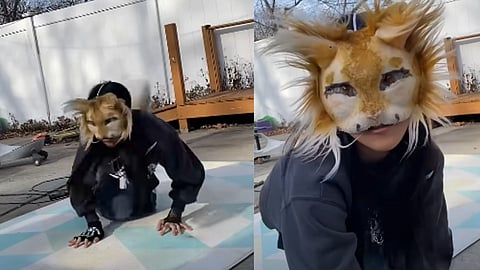Kenichi Ito, the Japanese sprinter who started it all, set the quadrobics world on fire with his 2008 record. His animal-like speed and form turned heads, proving humans could move like quadrupeds with jaw-dropping efficiency. Four years later, he outdid himself, sharpening his technique. Then came Collin McClure, the American powerhouse who redefined the sport in 2022. McClure’s 15.66-second 100-meter dash on all fours cemented his name in the Guinness World Records, pushing quadrobics into the mainstream. Their rivalry and record-breaking runs have sparked a global quadrobics craze, with fans mimicking their moves on platforms like TikTok.
In Russia, the subculture around quadrobics has grown rapidly since 2020, especially among teenagers who film themselves practicing in parks or abandoned buildings. The trend has sparked heated debates, with critics labeling it bizarre or unsafe while supporters frame it as a creative form of self-expression. Kazakhstan has even proposed a bill to restrict public “quadrobbing,” citing safety concerns and complaints from residents.


